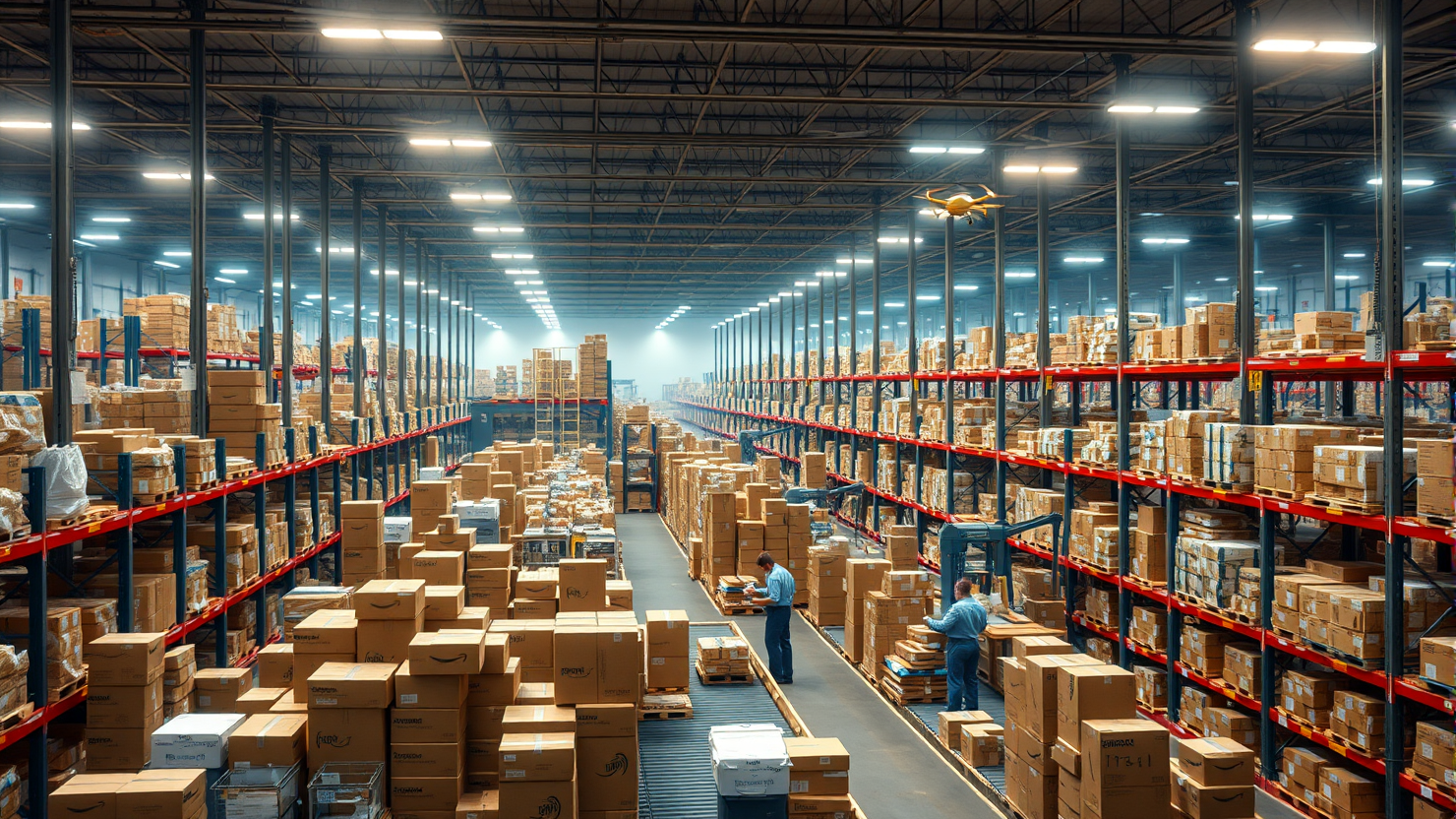InDrive Expands Beyond Ride-Hailing into Grocery Delivery and Super-App Services, Aiming to Dominate Frontier Markets Globally

InDrive, renowned for its innovative bidding-based ride-hailing service across Asia and Latin America, is embarking on a “super-app” strategy to penetrate frontier markets. This strategic move aims to expand beyond taxi services, offering daily essentials to users in these regions.
The journey commences with grocery deliveries in Kazakhstan, with plans to broaden into various sectors over the next 12 months across top markets such as Brazil, Colombia, Egypt, Pakistan, Peru, and Mexico. This expansion comes on the back of over 360 million app downloads and 6.5 billion transactions worldwide, solidifying InDrive’s position as the second most-downloaded ride-hailing app globally since 2022, trailing only Uber.
Andries Smit, chief growth business officer at InDrive, emphasized, “The more frequently customers use our services, the longer they stay, the more valuable they become in our ecosystem, and the more loyal they are overall.”
InDrive chose grocery delivery as its first expansion venture due to rapid growth in this segment. The company completed over 41 million orders globally in 2024, with more than 14 million in Q2 2025 alone, making it one of the fastest-growing categories in their portfolio.
InDrive has launched its grocery delivery service in Kazakhstan, offering over 5,000 products and a 15-minute delivery promise. Early trials in this Central Asian country resulted in a net promoter score of 83%, signaling high customer satisfaction, and an average of five grocery orders per user per month.
Smit revealed that InDrive is utilizing a dark store model for grocery deliveries in Kazakhstan, focusing on ready-to-eat meals with around 10% fresh products. However, the model may vary in other regions, where the company is open to local partnerships, particularly in markets with a dense network of mom-and-pop stores.
InDrive currently operates in 982 cities across 48 countries globally and leads in eight of them. Despite Kazakhstan being its first market for the super-app move, the reasons for this decision stem from a “huge uptick” in digital consumers in the country, which boasts the largest economy across Central Asia. Additionally, InDrive has its largest headcount in Kazakhstan, serving as a central hub for its R&D and operations.
InDrive did not disclose specific growth metrics for its operations in Kazakhstan. However, a recent report by Dealroom, published in collaboration with the government-backed tech park Astana Hub, noted a 44% growth in the country over the past 12 months for InDrive.
The report also valued Kazakhstan’s tech ecosystem at $26 billion — an 18-fold jump since 2019 — suggesting a sharp rise in local startup formation, funding, and digital services.
Kazakhstan already has grocery delivery apps to cater to some of the demand. Nonetheless, InDrive aims to capture this market with affordable pricing, aiming to be the Aldi of online groceries.
Smit acknowledged, “There is access and inequality, even access issues with some groceries. Some of our cost-conscious consumers end up not buying from the right places or not buying the right goods, and they recognize that, but they feel they have no other choice.”
Successful super-app strategies are not easy to come by; while some companies like WeChat and Gojek have thrived, others, including Meta, have struggled. Smit, who has experience with WeChat in his former role in 2016, believes that leveraging his expertise and utilizing AI capabilities will make InDrive’s super-app strategy successful. The AI integration would bring personalization to users and make services accessible to people with disabilities and those with lower literacy.
In November 2023, InDrive announced a venture and merger and acquisition arm to invest up to $100 million over the next few years. Smit revealed that about 30% of this venture has already been deployed on the super-app strategy.
In addition to frontier markets like Kazakhstan, InDrive has been active in India for some time, competing with Uber as well as homegrown players such as Ola and Rapido. However, it has yet to gain traction in the South Asian nation. Data from Appfigures shows that InDrive saw 1.07 million fewer downloads year-to-date compared to the same period in 2024 — a 22.6% decline.
In contrast, Uber added 8.02 million downloads, up 60.6%, while Ola gained 1.55 million, a 13.2% increase. Rapido emerged as the fastest-growing player, with 14.9 million additional downloads — an 80.9% surge.
“India is a puzzle for us,” said Smit. “India is still growing, and we are focused… we’ve decided to focus very quickly on key cities where we really think we want to operate strongly.”
The company is testing different models, especially in the freight business, including various payment mechanisms for drivers and specific take rates. These experiments also involve daily payments for drivers and specific take rates.
InDrive faced challenges initially, even in markets like Pakistan, where it later became the leading ride-hailing platform following Uber’s exit. Smit acknowledged safety concerns as a key reason for some users’ discontinuation of InDrive services, particularly in India. However, he emphasized that the company prioritizes safety and customer service.
InDrive plans to expand its super-app offering by launching new services tailored to local market needs. These could include financial services. One example is already live in markets like Brazil and Mexico, where drivers can access small loans through the ride-hailing app. The company is exploring ways to extend this service to passengers — and potentially to small businesses involved in deliveries.
The company also plans to explore a micro-mobility service that enables consumers to connect with local businesses and public transportation services. “We want to be city-specific, and it could be a bouquet of different services,” Smit said. “We want to capture the key verticals that we have capability for, that we know and are very close to our core… But if we have no experience in running, for those kinds of services, we will definitely just partner with the right player.”






